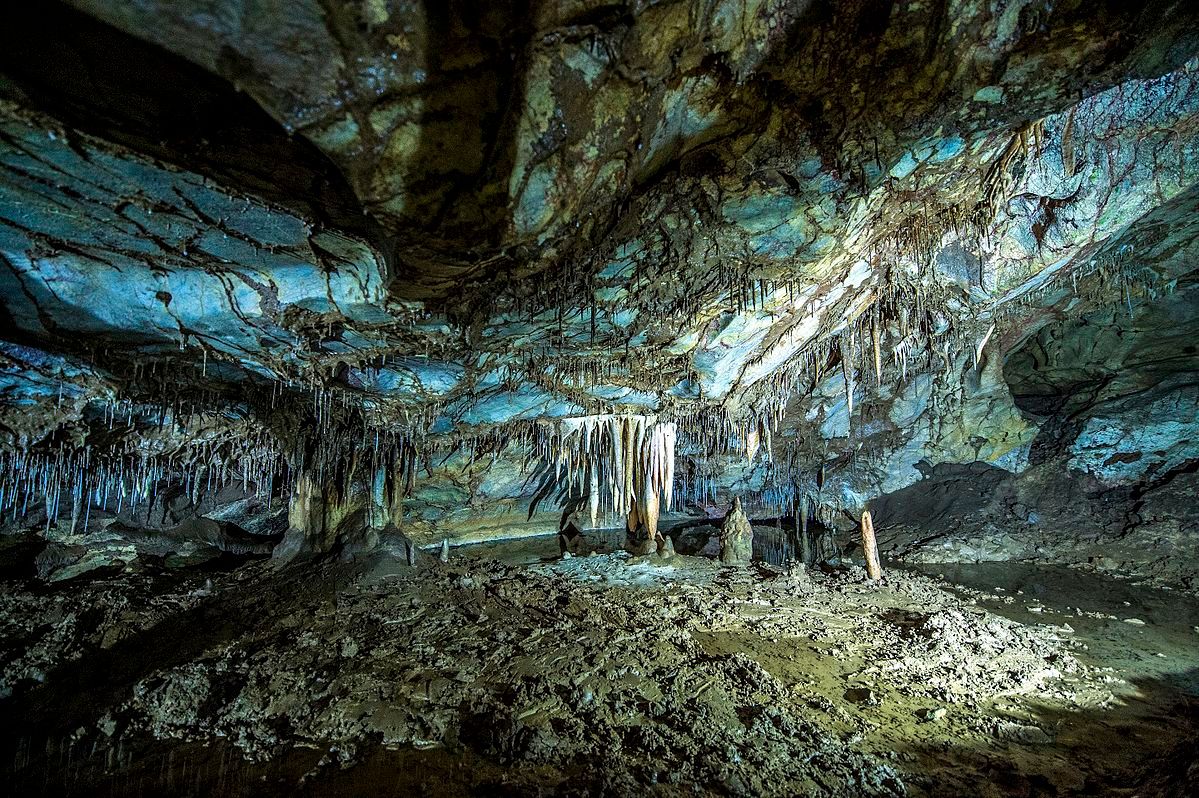About
This cave was discovered by accident in 1966, when a farmer in the village of Gadime e Ulët was doing excavation while preparing to build a house. It was not until ten years later in 1976 that the remarkable limestone cavern was opened to visitors.
The total length of all the known corridors and channels in Gadime Cave adds up to more than 4,000 feet, but the deeper part of the cave is still unexplored. It is estimated that it may extend for another 10,000 feet. Compared to cave systems like Mammoth Cave (the longest in the world, with more than 400 miles of tunnels) or Grotte di Frasassi (the longest in Europe, with more than 20 miles of tunnels), Gadime Cave is relatively small. But it is the longest cave system in Kosovo, and offers some extraordinary geological features.
One remarkable feature of the cave is that most stalactites and stalagmites are made of marble, and they grow at an average of one millimeter every 30,000 years. Estimates place the formation of the cave in the tertiary geologic period (between 66 and 2.6 million years ago). Deep fissures in the rock can be seen in the ceiling and walls of the cave, and they are due to tectonic movements and erosion.
Inside Gadime Cave you'll find some large stalactites and stalagmites, but it is the smaller ones that form interesting, colorful patterns on the ceiling, floor, and walls of the cave. Some have been broken off, especially along the main corridors, but a large number are still intact, and they are cordoned off for protection. The main concrete corridors are quite handy considering that the cave is very wet, and the silt in the cave is both sticky and slippery. There are a few natural limestone basins where water collects, and an underground lake can be found inside the cave, but the corridors do not go that far. The temperature inside the cave is relatively stable all year round, wavering between 9.6 degrees Celsius and 16 degrees Celsius.
Related Tags
Know Before You Go
Gadima cave can be visited independently, or as part of a guided tour. There are currently two openings sufficiently large to be used as access points to the cave, but only one is used by visitors.
Community Contributors
Added By
Published
July 25, 2022


















































